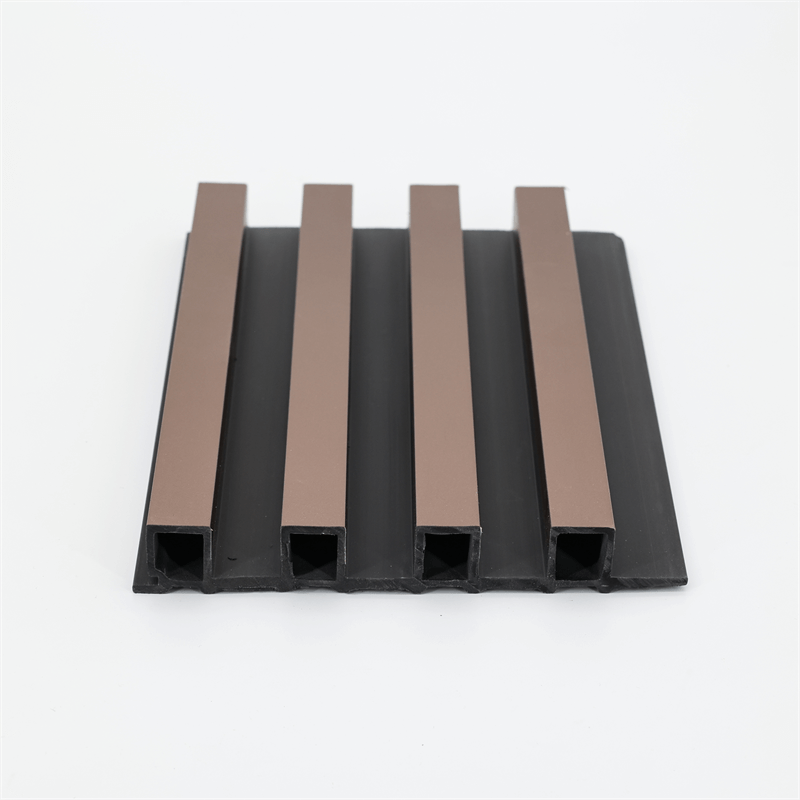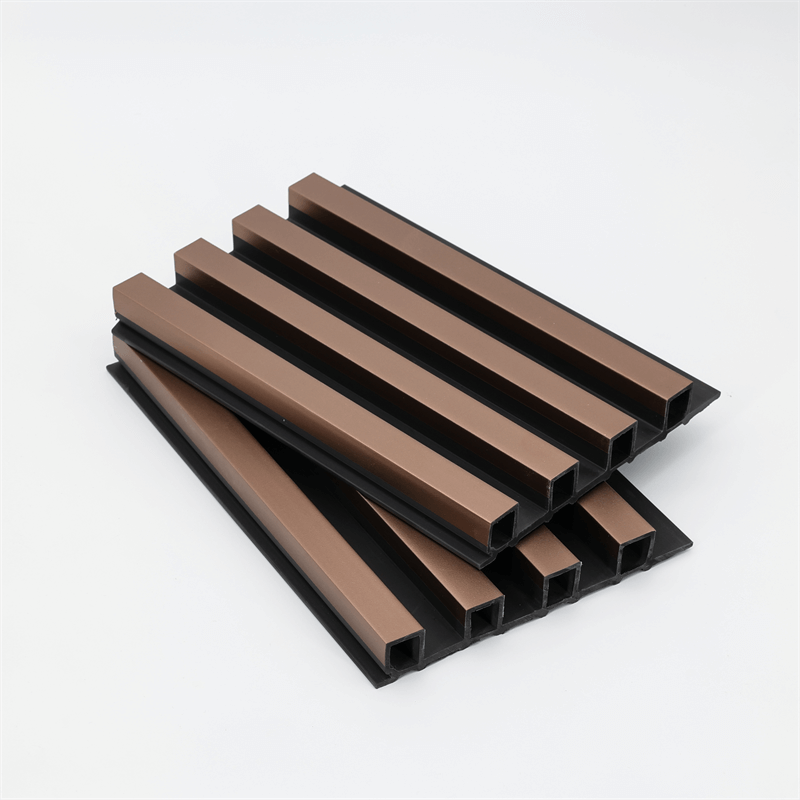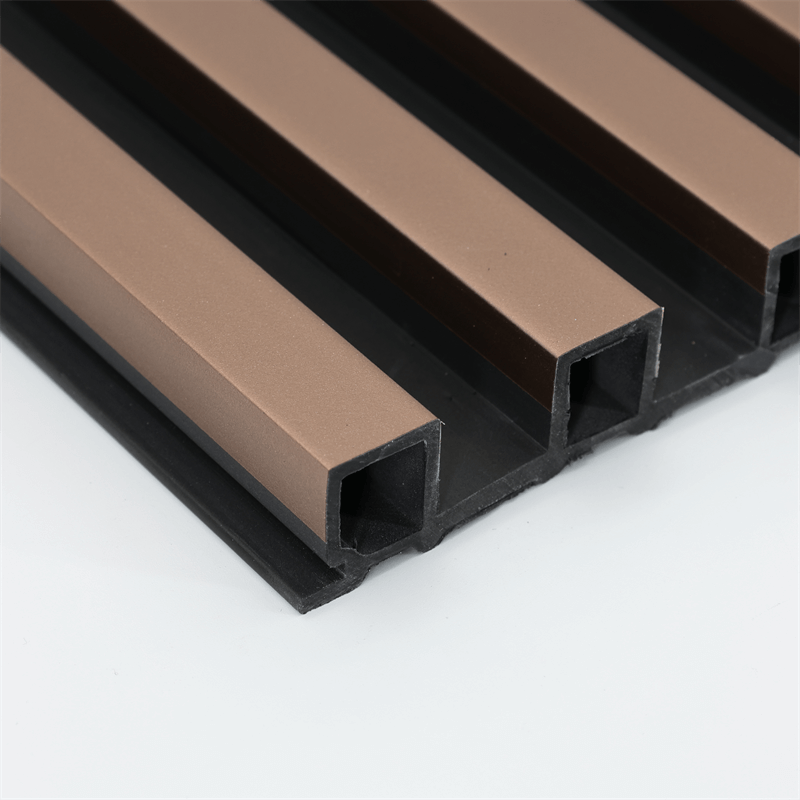
Interior design is constantly evolving, and with it, the materials used to enhance the aesthetics and functionality of spaces.
Wood Plastic Composite (WPC) wall panels have emerged as a game-changer in the world of interior design,
offering a sustainable and innovative alternative to traditional materials.
As the design industry seeks eco-friendly and versatile solutions, WPC wall panels have risen to the forefront.
This article compares WPC wall panels with traditional materials, outlines the advantages of WPC,
explores the creative possibilities they offer, and highlights their role in shaping the future of interior design.
The Rise of WPC Wall Panels: A Sustainable Solution for Modern Living
In recent years, sustainability has become a core value in design and architecture.
As the environmental impact of traditional materials like wood, PVC, and drywall is scrutinized,
designers and homeowners are seeking more eco-friendly alternatives.
WPC wall panels have gained prominence as a sustainable solution, aligning with the global movement towards green living.
WPC is composed of wood fibers or flour and recycled plastic, often sourced from post-consumer waste.
By using recycled materials, WPC wall panels reduce the demand for virgin resources, minimize waste, and contribute to a circular economy.
The combination of natural wood and recycled plastic makes WPC a durable and eco-conscious material, setting it apart as a responsible choice for modern living.

Advantages of WPC Wall Panels over Traditional Materials
WPC wall panels offer numerous advantages over traditional materials, making them an increasingly attractive option for interior design.
Here are some of the key advantages of WPC over traditional materials:
Sustainability: As mentioned earlier, WPC wall panels are crafted from recycled materials, reducing the environmental impact and promoting sustainable practices in design and construction.
Moisture Resistance: Unlike natural wood, WPC wall panels are resistant to moisture, making them ideal for use in areas prone to humidity, such as bathrooms and kitchens.
Durability: WPC wall panels are highly durable and resistant to wear, cracking, and rot, ensuring they maintain their structural integrity over time.
Low Maintenance: WPC wall panels require minimal maintenance, eliminating the need for frequent repainting or refinishing, which contributes to a reduction in overall material waste.
Easy Installation: WPC wall panels are designed for straightforward installation, saving time and labor costs during the construction or renovation process.
Customization: WPC panels come in various designs, colors, and textures, allowing for customization to fit specific design preferences and interior styles.
Thermal and Acoustic Insulation: WPC wall panels provide thermal and acoustic insulation, enhancing the energy efficiency and comfort of interior spaces.
Embracing Innovation: Design Possibilities with WPC Wall Panels
WPC wall panels embrace innovation and creativity, offering a plethora of design possibilities that go beyond the limitations of traditional materials.
Here are some design benefits and possibilities with WPC wall panels:
Natural Aesthetics: WPC wall panels can replicate the appearance of natural wood, offering the beauty and warmth of timber without contributing to deforestation.
Textured Surfaces: WPC wall panels come in various textures, including 3D patterns, faux brick, and stone finishes, adding depth and visual interest to interior spaces.
Seamless Integration: WPC wall panels can be integrated with other design elements seamlessly, such as lighting fixtures, shelving, or built-in furniture, enhancing the overall design cohesiveness.
Feature Walls: WPC wall panels can be used to create captivating feature walls that become the focal point of a room, elevating the ambiance and aesthetic appeal.
Contemporary Styles: WPC wall panels cater to contemporary interior styles, offering sleek and minimalist designs that complement modern living spaces.
Biophilic Design: With their natural wood appearance, WPC wall panels are a perfect fit for biophilic design, connecting interior spaces with nature and promoting well-being.
Branding and Customization: In commercial spaces, WPC wall panels can be customized to display branding elements, logos, or artistic designs, reflecting the identity of the business..

Shaping the Future: How WPC Wall Panels Revolutionize Interior Design
WPC wall panels are poised to revolutionize the future of interior design, offering a sustainable,
versatile, and visually striking option for homeowners and designers.
As the demand for eco-friendly and innovative materials grows, WPC stands as a frontrunner in shaping the future of interior design.
Here’s how WPC wall panels are contributing to the evolution of interior design:
Sustainable Architecture: WPC wall panels align with sustainable architecture principles,
allowing designers to create eco-friendly and energy-efficient buildings that reduce environmental impact.
Circular Economy: WPC wall panels embody the principles of a circular economy by utilizing recycled materials,
promoting resource conservation, and minimizing waste.
Enhanced Aesthetics: The wide range of designs and textures available with WPC wall panels enable designers to unleash their creativity, transforming interior spaces into stunning works of art.
Green Building Certifications: The use of WPC wall panels can contribute to obtaining green building certifications,
recognizing projects that prioritize sustainability and environmental responsibility.
Residential and Commercial Applications: From residential homes to commercial establishments,
WPC wall panels offer a versatile solution that enhances aesthetics and functionality in various settings.
Environmental Awareness: The growing popularity of WPC wall panels encourages a shift
towards environmental awareness and responsible consumption within the design industry.
WPC wall panels are setting a new standard in interior design, offering a sustainable and innovative alternative to traditional materials.
As the world embraces sustainability and eco-consciousness, WPC stands out as a responsible choice that aligns with the principles of green living.
With their durability, low maintenance requirements, and diverse design options, WPC wall panels provide a canvas for creativity and aesthetic expression.
The future of interior design is being shaped by materials like WPC, which not only enhance the beauty and functionality of spaces but also contribute to a greener and more sustainable world.
By choosing WPC wall panels over traditional materials, designers and homeowners alike can take a step towards a
future where design and sustainability go hand in hand, creating spaces that are not only visually stunning but also environmentally responsible.
